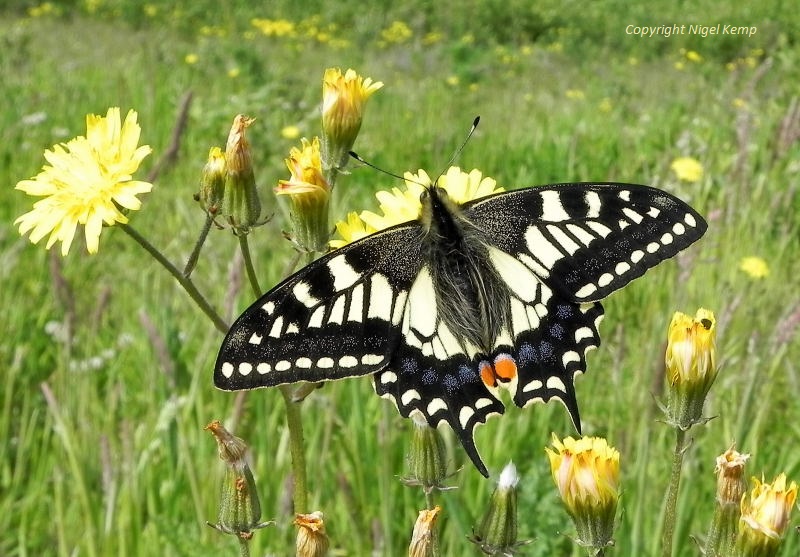Earlier this week I was constantly having to remind myself that it was still winter, as I toiled in the wood under clear blue skies and a temperature of 20 degrees. The overalls and jumper were cast aside and I spent several breaks sitting back in my up-ended wheel-barrow to drink tea and watch butterflies and moths.
Brimstones (Gonepteryx rhamni) and Commas (Polygonia c-album) were numerous and I saw my first (of the year) Orange Underwing moths (Archiearis parthenias) flying around in the birch tops.
Comma (Polygonia c-album) (male)
Whilst I was stacking some timber, I came across a Palmate Newt (Lissotriton helveticus) moving about in the leaf litter. It is our smallest species of newt in Britain and its size and plain pink throat help to identify it.
Palmate Newt (Lissotriton helveticus) (female)
The following moths were attracted to the light trap this week.
Oak Beauty (Biston strataria) (male)
March Moth (Alsophila aescularia) (male)




















